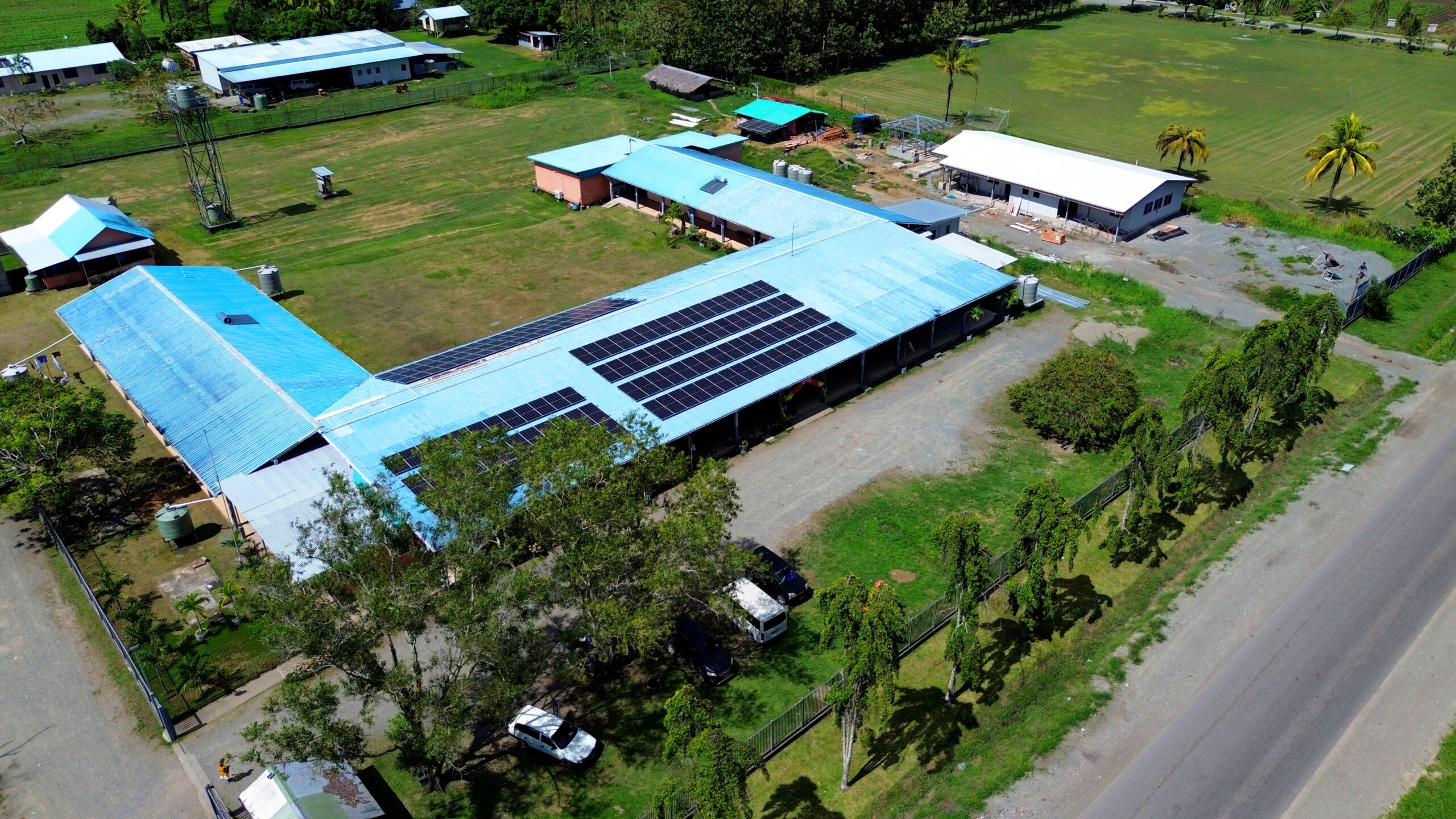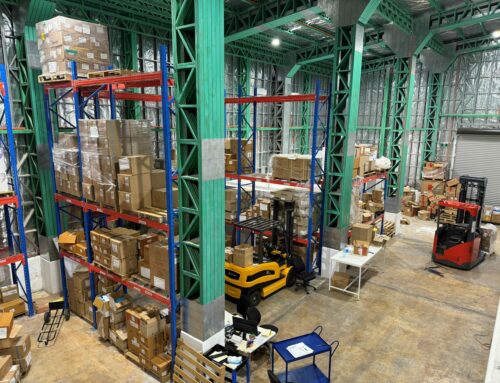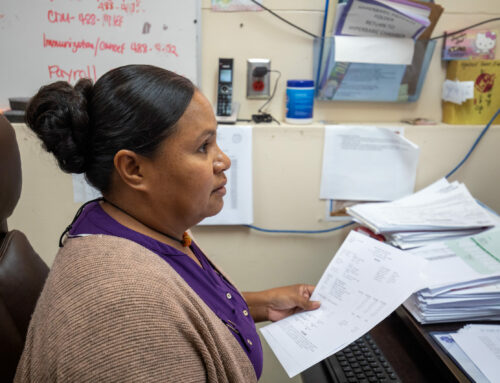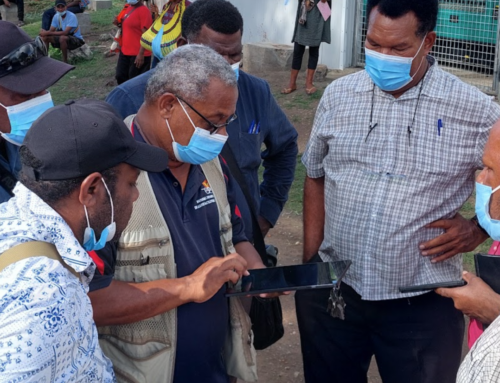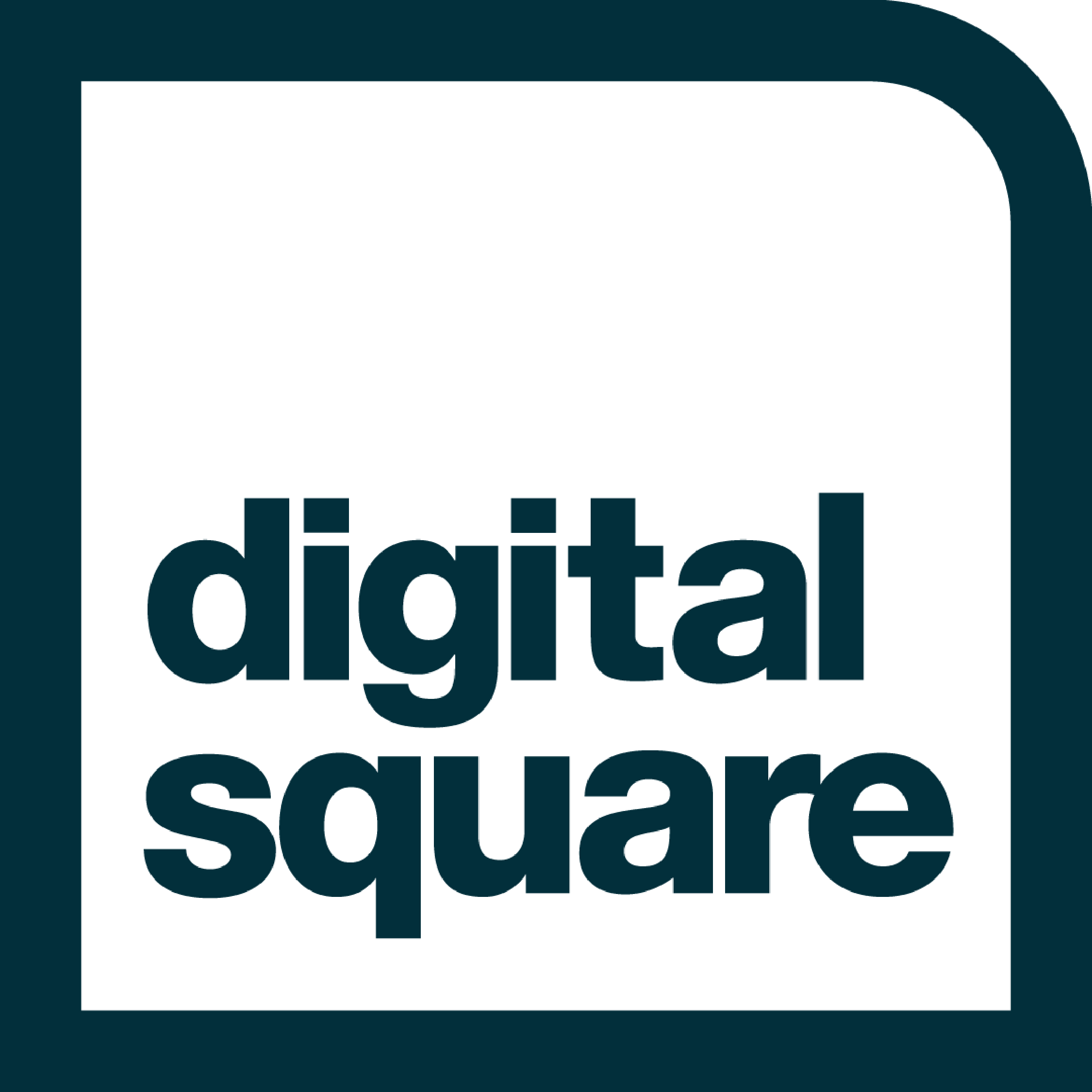Mapping Data, Powering Health: How Tupaia Helps Light Up Solomon Islands Clinics
When a mother in a rural clinic in the Pacific goes into labour, the difference between life and death can come down to whether there is electricity in the room. Too often, that electricity is missing. Babies have been delivered by the glow of mobile phone torchlights whilst critical procedures have been interrupted by failing generators or small solar systems that can’t keep up.
For those health workers, this is an obvious, everyday struggle. Behind the scenes though, another challenge exists: how do you even know where every clinic is, what services they provide, and what their power situation looks like in the first place? For Superfly Solomon Islands, this was the challenge facing them setting out on a recent project to bring solar power to clinics across Solomon Islands.
That’s where Tupaia, BES’ flagship data platform, has been transformative.
Tupaia can be used to track infrastructure, equipment, disease surveillance, biomedical assets, environmental health programs or supply chain.
A Map That Goes Beyond Medicine
Tupaia was originally designed to track the availability of medicines and health services across the Pacific. In Solomon Islands, in 2017, Tupaia was used to map out hundreds of facilities, capturing GPS coordinates, service levels, and vital infrastructure details — including whether or not the clinic had electricity. This program of data collection was overseen by the National Medical Stores and the data was subsequently used by the Ministry of Health and Medical Services to populate local MHMS systems such as DHIS2.
For doctors, nurses, and policymakers, that data has been useful – DHIS2 now has accurate coordinates for all health facilities across the country. But its ripple effects reach much further and have been sustained. Companies like Superfly Limited, which designs and installs solar energy systems, have relied on Tupaia for years as a foundation for their work.
A Tool for Second-Tier Stakeholders
Superfly Solomon Islands is the country’s only high quality-focused solar power provider, sourcing best-in-class solar components and supplying them for government, private sector, and retail customers. In the health sector, for Superfly, Tupaia has become a first step in scoping new solar deployment projects.
Roughly 80% of health facilities in the country are off-grid, located in some of the most remote corners of the archipelago. By starting with Tupaia, the team can:
- Identify priority clinics — those without reliable power or medical services that would benefit most from solarisation.
- Estimate energy needs — inferring power requirements based on the level of care and services provided.
- Plan logistics — triangulating GPS coordinates with Google Maps to assess roof space, access routes, and the feasibility of installation.
- View clinics in advance, understanding the services they provide, opening hours, and even viewing images to get a sense of the local situation.
In this way, a tool designed for health sector planners has also become a quiet enabler of energy infrastructure, bridging the worlds of medicine, technology, and logistics. The data (and the software) are available free to Superfly and any other stakeholders, as well as members of the public.
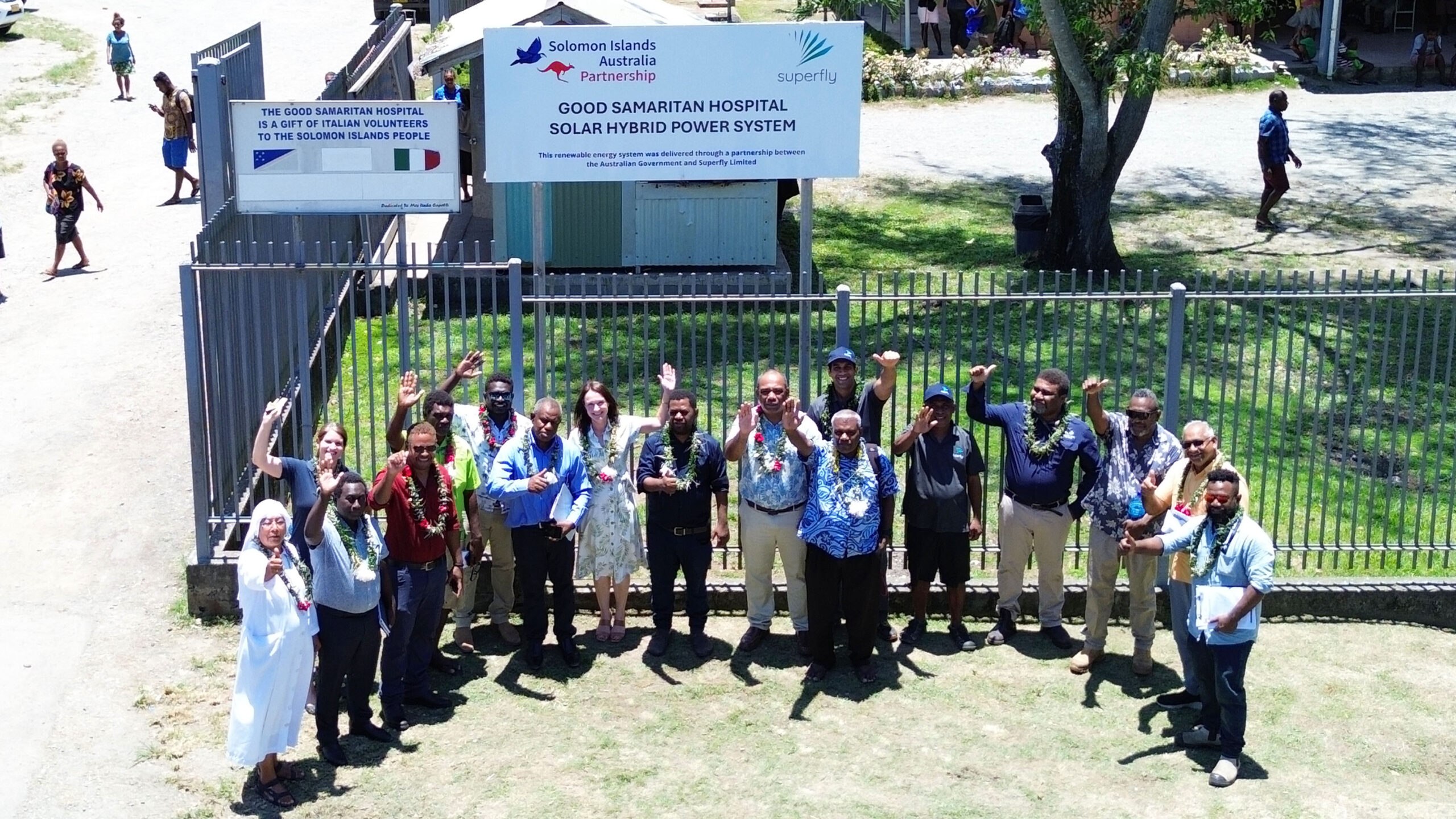
Superfly’s work in Solomon Islands incudes the installation of a solar power system at Good Samaritan Hospital on Guadalcanal
Data as the Foundation of Resilient Systems
Superfly’s work has shown how investments in data and mapping can bolster more than just health outcomes. They help coordinate efforts across sectors: energy providers, logistics companies, donors, and government agencies. The result is stronger, more resilient systems. When facilities are mapped and understood, it becomes easier to bring in electricity, refrigeration for vaccines, internet connectivity, and ultimately, better healthcare.
Lighting the Way Forward
The story of Tupaia in Solomon Islands is not just about databases or maps. It’s about turning data into action. It’s about ensuring that when a baby is born in a rural clinic, the light shining on them comes from a reliable solar system — not a flickering torch.
For non-medical stakeholders like Superfly, tools like Tupaia have been vital. For communities across the islands, they are life-changing.
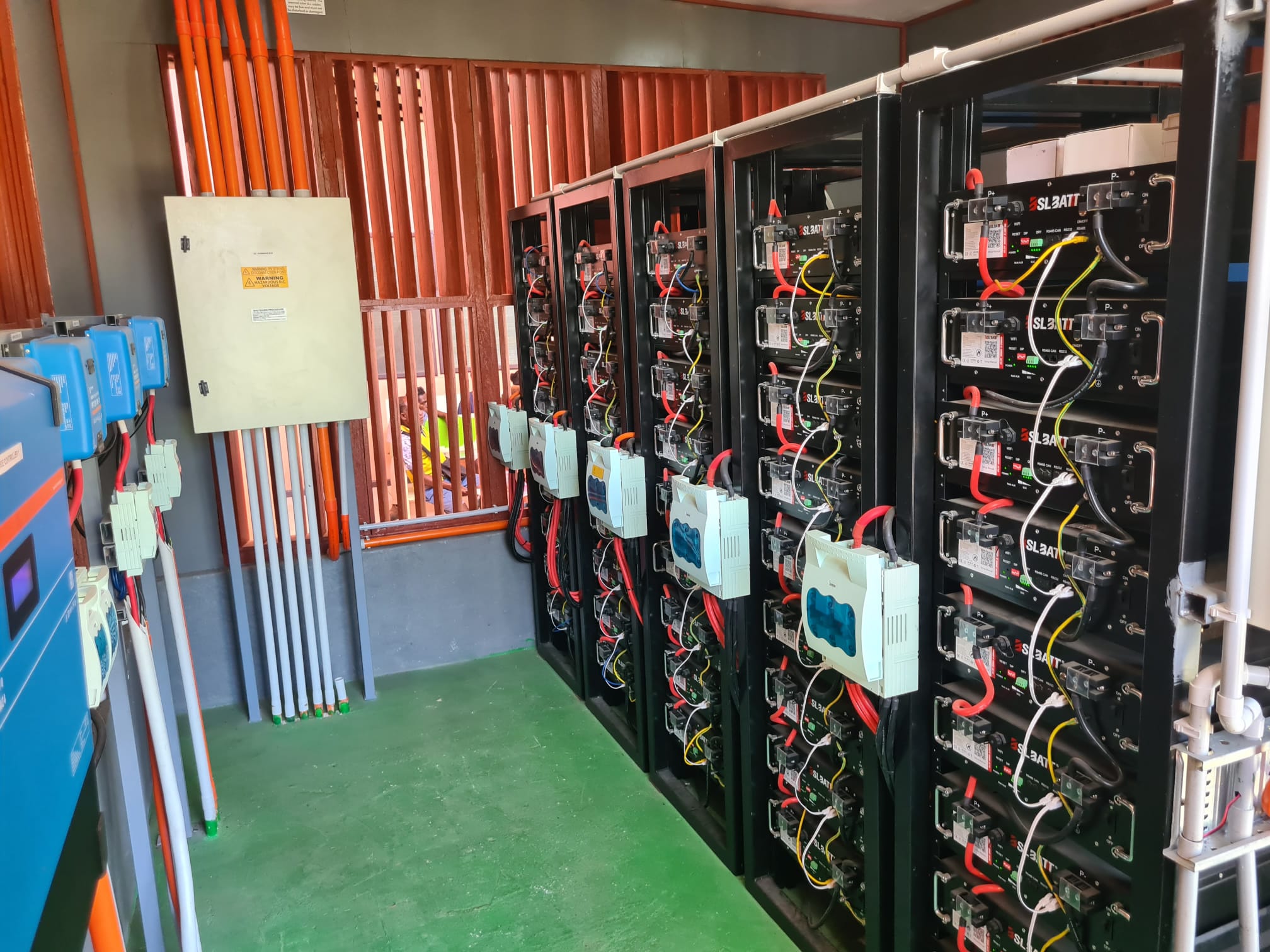
High quality solar projects can be transformative for health facilities across the Pacific
